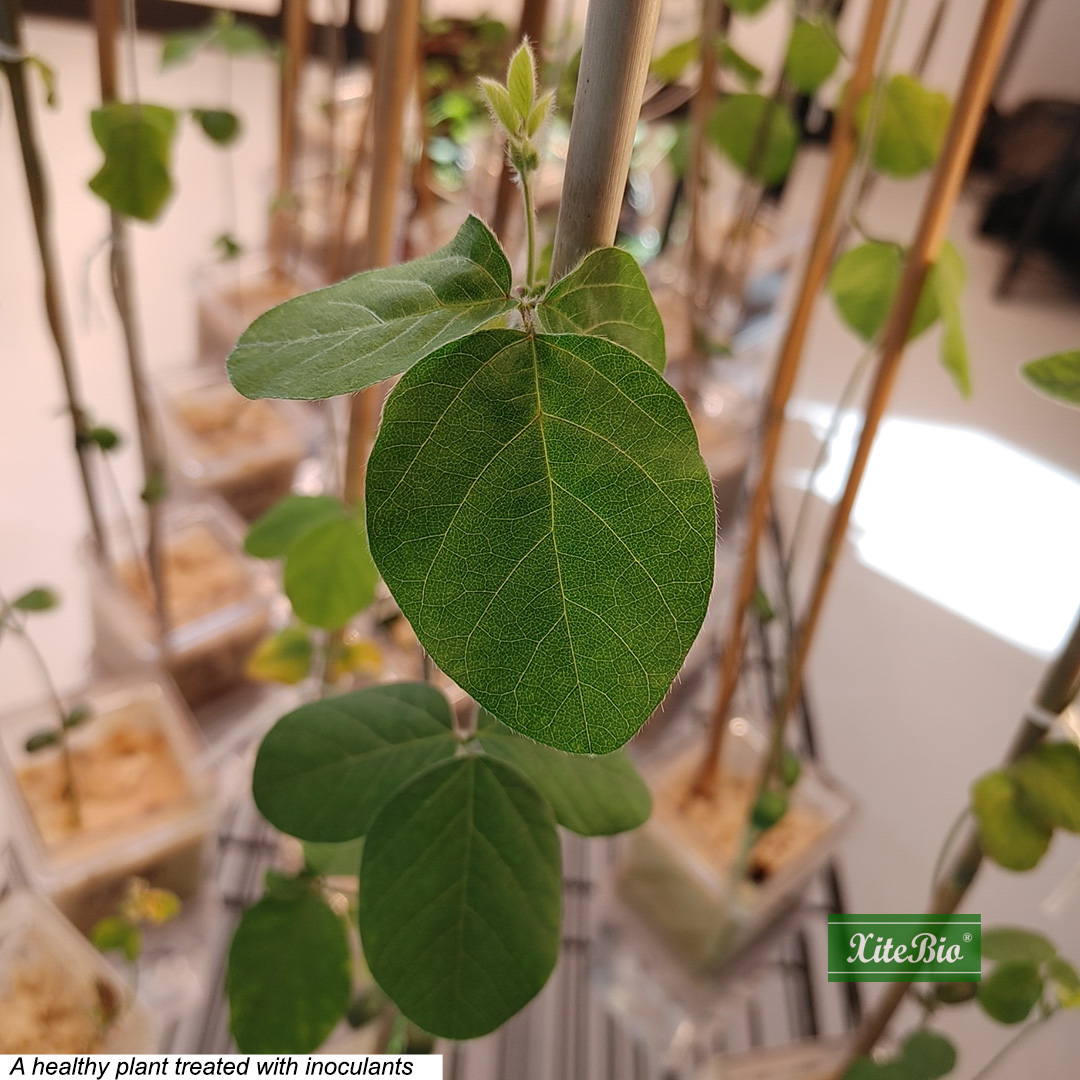Reading time 4 minutes
In this week’s edition of Growing Possibilities, we will be taking a closer look at the signs of Nitrogen (N) loss, how to remedy N-deficient soils, and proactive measures you can take to prevent the loss of N. In the last blog post, we discussed how N is critical for plant development, but do you know the telltale signs of N loss?
There are several indicators of N deficiency, including:
- Pale yellowish green leaves
- Purple colouration on stems or leaves
- Wilting or dying leaves
- Stunted plant growth
- Thin and weak vegetation, shoots, or stems
The trouble is, yellowing of leaves is not a symptom unique to N loss; it can be caused by other nutritional issues or even a lack of sunlight. If the plant in question is exposed to plenty of sunlight, then it is likely a nutrient or N deficiency (2). N is naturally restored to the soil through the nitrogen cycle. However, in commercial agriculture, crops can use N more quickly than it can be restored by natural processes. In this case it falls to the farmer, as a steward of the land, to supplement the N supply in the soil. Remedies to N deficiency include using a commercial N fertilizer with higher N ratios, or using natural solutions such as blood meal, seaweed, alfalfa, cottonseed meal, compost, or manure (2). However, some of these remedies might be not as efficient for large scale farming productions with chronic N deficiencies.
Crop rotation is a beneficial and efficient way of maintaining large scale fields and crops while resolving N loss. It can improve nutrient cycling, enhance the soil nutrient pool, and modify the physical condition of the soil in a way that favourably affects the rate of N mineralization (3). Rotation between crops like corn, and soybean provides long term benefits to soil properties. Using legumes as a cover crop is a regenerative practice that can fix a significant amount of N for the next crop (3).
Inoculants are bacteria that work in synergy with legumes to fix N in the soil. Using N-fixing bacteria in combination with legume cover crops can restore substantial N to your crops (4). These bacteria harness the atmospheric N and convert it into a plant-available form (4), which provides your soil with good future crop residue to enhance your soil and growth for any successive crops.
Crop residue is an important feature that can proactively maintain your soil for future crops. Crop residue is a way to recycle nutrients from previous crops, increase organic components in the soil, provide the soil microbes with an optimal substrate to thrive in, and improve water absorption, which prevents erosion and nutrient depletion (5).
These are a few preventative measures and remedies one can utilize to reduce the amount of N lost from the soil in large scale farming productions, which can also work on small-scale fields. Other small-scale forms of proactive prevention involve testing and stabilizing soil pH, maintaining root temperature in cold weather, and ensuring the soil is not too wet to prevent nutrient leaching (6).
Do you have your own tried and true methods for restoring or preserving N in your soil? We’d love to hear from you! Send an e-mail to info@xitebio.ca with your tips and tricks to share with our online community, and help others experience a more successful harvest with healthier plants and better yields.
References:
- https://eos.com/blog/nitrogen-deficiency/
- https://thepracticalplanter.com/how-to-fix-nitrogen-deficiency-in-plants/
- https://crops.extension.iastate.edu/encyclopedia/value-crop-rotation-nitrogen-management
- https://www.topcropmanager.com/inoculate-for-higher-yields-21139/#:~:text=Features%20Inoculants%20Seed%20%26%20Chemical,Inoculate%20for%20higher%20yields&text=All%20plants%20need%20nitrogen.,little%20help%20for%20increased%20production
- https://www.agrivi.com/blog/the-best-practices-for-using-plant-residues/
- https://www.bacfertilizers.com/knowledge-centre/blog/3770-how-to-prevent-and-solve-nitrogen-deficiencies


